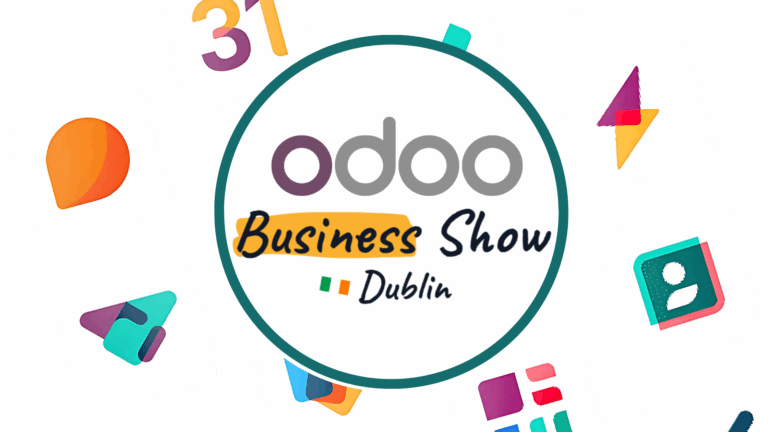Odoo is management software that offers a range of business applications, to form a complete suite of enterprise management applications targeting companies of all sizes. This software is particularly suited to businesses that deal with products such as cosmetics. Odoo is an all-in-one business software, including CRM, website and e-commerce, billing, accounting, manufacturing, warehouse and project management, and inventory management system. The usefulness for cosmetics companies comes from the management functions of the software. Cosmetics company manufacturing processes can be made simpler with Odoo.
Odoo has great functionality for managing the manufacturing processes for all salable products. For instance, you can create manufacturing orders with certain details:
- The product name for which the manufacturing order is created.
- The bill of materials of that product.
- The quantity of product to be produced.
- The scheduled date.
- The raw materials location.
- The finished products location.
How is Odoo useful for managing cosmetics company manufacturing processes?
There are several benefits that cosmetics companies can tap into when they use Odoo:
- Managing routing
- Managing the bill of material
- Managing purchase orders
- Managing sales orders
- Managing lot traceability
- Managing the company removal strategy
1. Managing routing in cosmetics companies
A route is a collection of procurement rules, and push rules. Odoo can manage advanced push or pull route configurations. For example:
- Manage product manufacturing chains
- Manage default locations per product
- Define routes within your warehouse according to business needs, such as quality control, after sales services or supplier returns
- Help rental management, by generating automated return moves for rented products.
2. Managing the bill of materials in a cosmetics company
A bill of materials (BoM) is a document that describes the component products, the quantity of each component, and the process required to manufacture a product – including routing and individual steps.
In Odoo, each product may have multiple BoMs associated with it, but a BoM can only be associated with a single product. A single BoM can, however, describe multiple variants of the same product.
3. Managing the purchase orders of a cosmetics company
For most of your everyday purchases, chances are you already know where to purchase and at what price. For these cases, a simple Purchase Order (PO) will allow you to handle the whole process.
In Odoo, a purchase order can be created as is, but can also be the result of a request for quotation, or of a purchase tender. Therefore, every purchase made in Odoo has a PO.
The PO will generate an invoice, and depending on the contract with your supplier, you will be required to pay the invoice before or after the delivery.
When a purchase order is approved, the stock in the inventory will be increased.
4. Managing the sales orders of a cosmetics company
The sales order is a confirmation document sent to the customers before delivering the products or services. A sales order (SO) can be created once the quote is accepted by your prospective customer. After generating a sales order, an invoice will be created and payment will be made by the customer. After this, the product will be reduced in the inventory.
5. Managing lot traceability in cosmetics company manufacturing
The double-entry management in open ERP enables you to run very advanced traceability. All operations are formalised in terms of stock moves, so it is very easy to search for the cause of any gaps in stock moves. In Odoo, there are two types of traceability:
-
Upstream traceability
This runs from the raw materials received from the supplier, and follows the chain to the finished products delivered to customers.
-
Downstream traceability
This follows the product in the other direction, from customer to the different suppliers of raw materials.
6. Managing the removal strategy of cosmetics company manufacturing
When a product movement needs to be done, Odoo will find all available products that can be assigned to shipping. How Odoo assigns these products depends on the removal strategy that is defined on the product category, or on the location. In Odoo, there are three types of removal strategies:
-
FIFO ( First In First Out )
A ‘first in first out’ strategy states that the products that were stocked first will move out first. Companies should use the FIFO method if they are selling perishable products. Companies selling products with relatively short demand cycles, such as lipsticks or creams, also may have to pick FIFO to ensure they will not expire.
How do you select FIFO in Odoo?
Go to Inventory ‣ Configuration ‣ Locations. Open the stock location, and set the ‘FIFO’ removal strategy.
-
LIFO (Last In First Out)
In LIFO, the products which are brought in last, move out first. LIFO is used for products which do not have a shelf life.
How do you select LIFO in Odoo?
Go to Inventory ‣ Configuration ‣ Locations. Open the stock location, and set the ‘LIFO’ removal strategy.
-
FEFO ( First Expiry First Out )
In FEFO, the products are dispatched from the warehouse according to their expiration date.
How do you select FEFO in Odoo?
Go to Inventory ‣ Configuration ‣ Setting. Check the option, and ‘define expiration date’ on serial numbers. Then click on ‘apply’ to save changes.
What makes Odoo stand out is the fact that it is all-in-one software, which can bring all of the processes of cosmetics company manufacturing together, and at the fingertips of the company. Odoo is a trusted gold partner of Target Integration. We can provide advice, and tailored solutions for companies who are interested in this software.
We hope that this article was helpful. If you still have any queries you can contact us at [email protected] or see the contact us section on our website.



